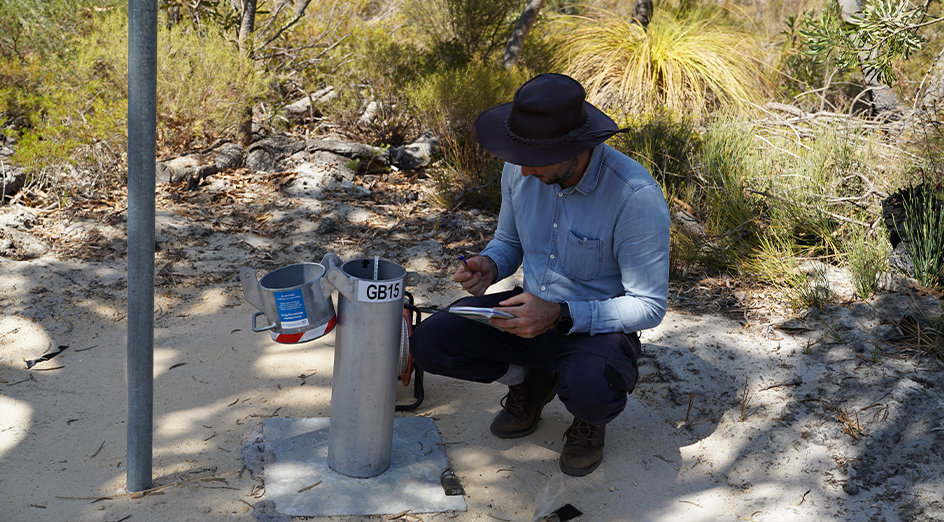A new project at the University of Western Australia is helping the community understand how scientists and water managers are working together to protect and sustain our groundwater in a drying climate.
The Recharge in a Changing Climate project is a collaboration between UWA and the State Government’s Department of Water and Environmental Regulation.
The team has produced a new video that features field footage, expert insights and innovative animation that brings groundwater processes to life.
It highlights how researchers monitor and manage groundwater recharge across Western Australia, including the Gnangara groundwater system.

Associate Professor Sally Thompson, from the Centre for Water and Spatial Science at UWA’s School of Agriculture and Environment, said there had been concerns over declining water levels, shifting rainfall patterns and increasing demand.
“Groundwater science is complex because we are dealing with something you cannot see,” Associate Professor Thompson said.
“That’s why we wanted to create something that makes this work accessible to everyone — we care about water, and we know the community does too.”
The team partnered with Associate Profesasor Kate Patterson, who is Director of the Centre for Veterinary Education, a Superstar of STEM, science communicator and animator, to help audiences understand what is happening beneath the surface.
Associate Professor Patterson’s animation unpacks the invisible: how rainwater moves through soil; how different landscapes influence recharge; and why careful groundwater management is critical for the future.
“This isn’t just an animation — it’s scientifically rigorous,” Associate Professor Thompson said. “Kate worked closely with a panel of experts to make sure every detail accurately reflects real groundwater processes.”
The video looks at the field sites, researchers and cutting-edge technology that make the project possible including installing precision monitoring equipment to analyse water movement through soils.
“We take our responsibility seriously, and we want to be transparent about how we’re studying and managing groundwater, with more research and insights coming soon,” Associate Professor Thompson said.








